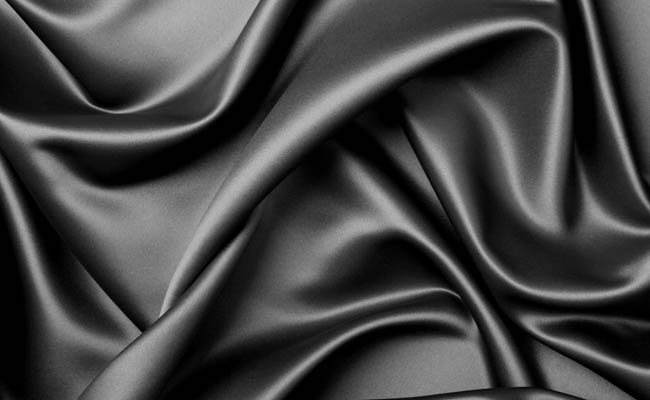
When we think of silk, it evokes a clear vision of glamous; gorgeous evening gowns, elegant kimonos, and slinky chemises. It is expensive and delicate, a high-maintenance fabric that needs to be treasured and cared for. However, these associations may be changing in the near future. In light of recent advances with the material, silk could soon in fact be categorized in the same group as Kevlar. “Bulletproof silk” was developed by Dutch artist Jalila Essaidi and the Forensic Genomics Consortium.

So how can such a flimsy, fragile material possibly protect a person from a bullet?
This seemingly miraculous textile is created from spider silk. This fiber has only recently begun to be explored in-depth but already it is proving to be a valuable material, having been used in violin strings as well as a beautiful weaving made from the silk of golden orb spiders.
The material is not only beautiful- it is also stronger than steel. The process of manufacturing bulletproof spider silk sounds a bit like science fiction, but it is in fact very real. The silk is engineered using goat’s milk that contains the spider fibers. This mixture is then spun into bulletproof thread and made into fabric.
While a bulletproof fabric is of course very useful, Essaidi has taken the project a step further, using the soft, thin material to its full advantage. With the silk, she has been able to produce a human “skin” that can be grafted to a person!
Will textiles soon make us invincible? Not quite yet. Currently, the material can only stop “partially slowed” bullets, but not ones at full speed. Even so, the product is still in development and could likely reach that point in the future. In terms of the fashion community (and the community at large) it casts light on just how valuable textile development can be.
